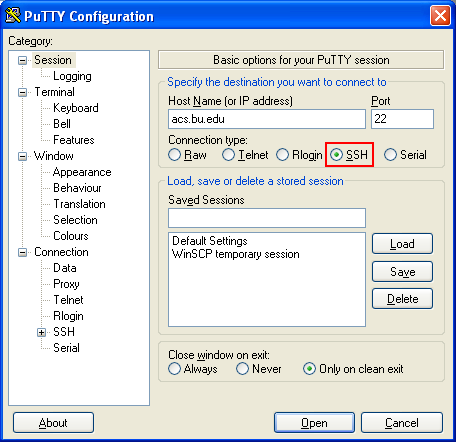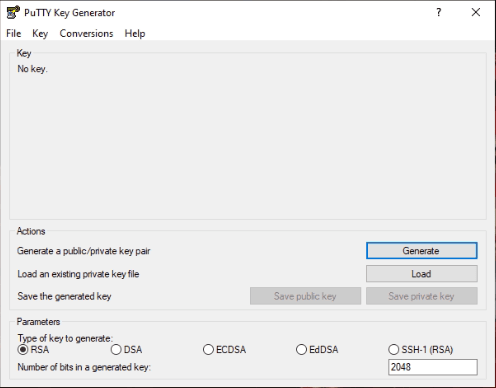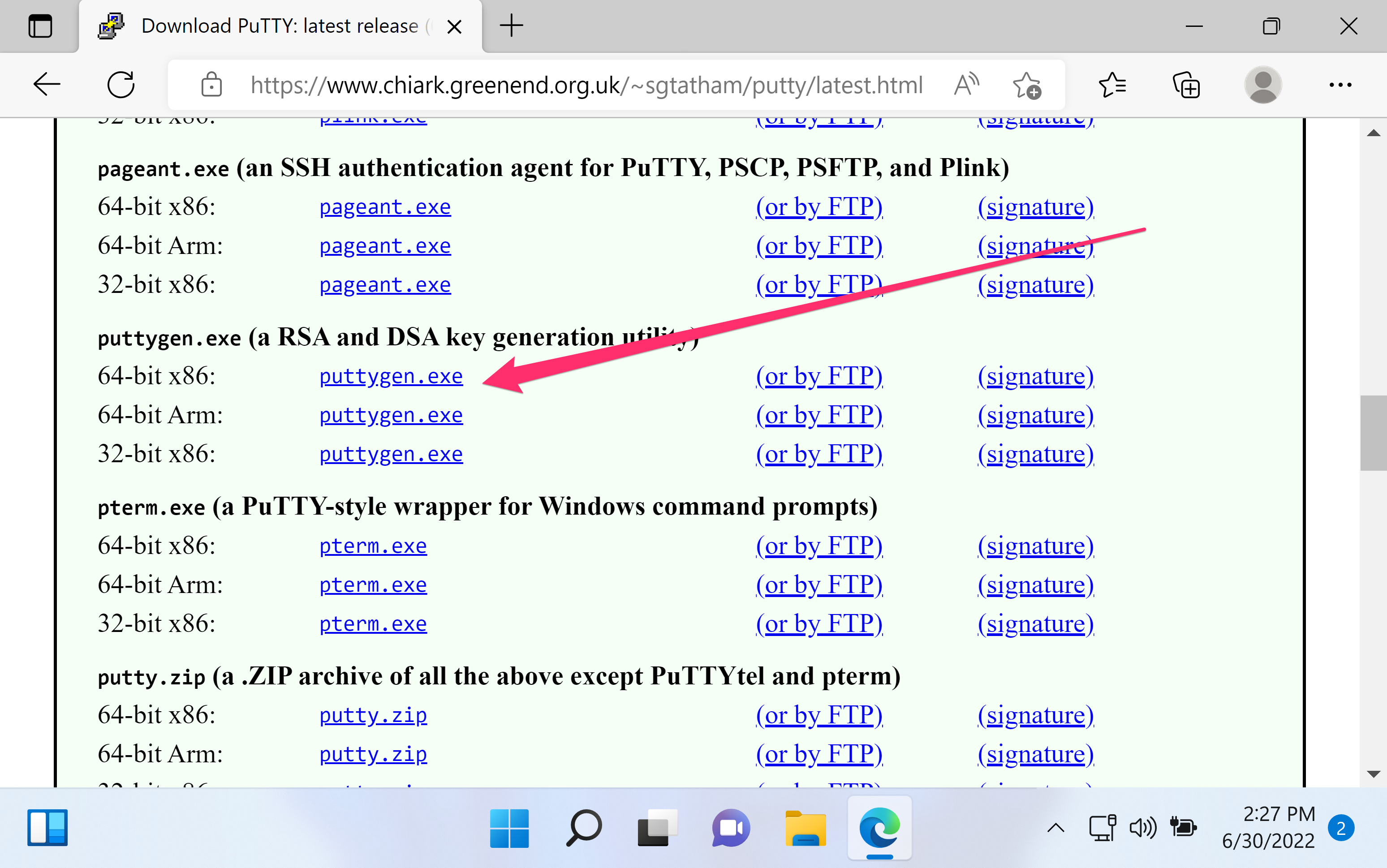

If you configured a passphrase when you created your key pair, enter the passphrase when prompted. To run the command using CLI, use the az vm run-command invoke command. To obtain the host fingerprint via the portal use the Run Command with the following: ssh-keygen -lf /etc/ssh/ssh_host_ecdsa_key.pub | awk ''. You only need to do this on the first time you connect from a client. You should always validate the hosts fingerprint. It is tempting to simply accept the fingerprint presented, however, this exposes you to a possible person in the middle attack. Replace azureuser and 10.111.12.123 in the following command with the administrator user name, the IP address (or fully qualified domain name), and the path to your private key: ssh -i ~/.ssh/id_rsa you have never connected to this VM before you will be asked to verify the hosts fingerprint. With the public key deployed on your Azure VM, and the private key on your local system, SSH to your VM using the IP address or DNS name of your VM. For more information, see Upload an SSH key. If you do a lot of deployments using the portal, you might want to upload your public key to Azure, where it can be easily selected when creating a VM from the portal. For an example, see Quickstart: Create a Linux virtual machine in Azure with PowerShell. With PowerShell, use New-AzVM and add the SSH key to the VM configuration using`. Using the Azure CLI, you specify the path and filename for the public key using az vm create and the -ssh-key-value parameter. To create a Linux VM that uses SSH keys for authentication, provide your SSH public key when creating the VM. Enter a passphrase for the file, or leave the passphrase blank if you do not want to use a passphrase. To create an SSH key pair on your local computer using the ssh-keygen command from PowerShell or a command prompt, type the following: ssh-keygen -m PEM -t rsa -b 4096Įnter a filename, or use the default shown in parenthesis (for example C:\Users\username/.ssh/id_rsa). You can also create key pairs with the Azure CLI with the az sshkey create command, as described in Generate and store SSH keys. The easiest way to create and manage your SSH keys is to use the portal to create and store them for reuse.
#PUTTY SSH PRIVATE KEY INSTALL#
You can also install the Windows Subsystem for Linux to connect to your VM over SSH and use other native Linux tools within a Bash shell.

#PUTTY SSH PRIVATE KEY CODE#
You can use Cloud Shell in a web browser, from the Azure portal, or as a terminal in Visual Studio Code using the Azure Account extension. You can also use Bash in the Azure Cloud Shell to connect to your VM.
#PUTTY SSH PRIVATE KEY WINDOWS 10#
Recent versions of Windows 10 include OpenSSH client commands to create and use SSH keys and make SSH connections from PowerShell or a command prompt. Other key formats such as ED25519 and ECDSA are not supported. Supported SSH key formatsĪzure currently supports SSH protocol 2 (SSH-2) RSA public-private key pairs with a minimum length of 2048 bits. Your public key can be shared with anyone, but only you (or your local security infrastructure) should have access to your private key. You do not need a separate pair of keys for each VM. If the client has the private key, it's granted access to the VM.ĭepending on your organization's security policies, you can reuse a single key pair to access multiple Azure VMs and services. When you connect to your Linux VM, the VM tests the SSH client to make sure it has the correct private key. The private key remains on your local system. The public key is placed on your Linux VM when you create the VM. The key is private, and only given to people you trust because it can be used to unlock the door.

The lock is exposed to the public, anyone with the right key can open the door. The public-private key pair is like the lock on your front door. We recommend connecting to a VM over SSH using a public-private key pair, also known as SSH keys. Although SSH itself provides an encrypted connection, using passwords with SSH still leaves the VM vulnerable to brute-force attacks. SSH is the default connection protocol for Linux VMs hosted in Azure. SSH is an encrypted connection protocol that allows secure sign-ins over unsecured connections. For a more detailed overview of SSH, see Detailed steps: Create and manage SSH keys for authentication to a Linux VM in Azure. To use SSH keys from a Linux or macOS client, see the quick steps. You can also generate and store SSH keys in the Azure portal to use when creating VMs in the portal.

This article is for Windows users who want to create and use secure shell (SSH) keys to connect to Linux virtual machines (VMs) in Azure. Applies to: ✔️ Linux VMs ✔️ Flexible scale sets


 0 kommentar(er)
0 kommentar(er)
